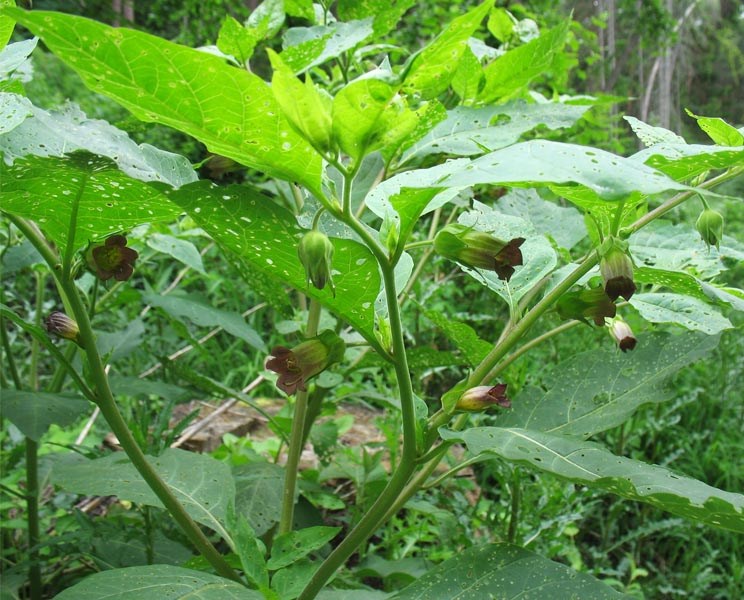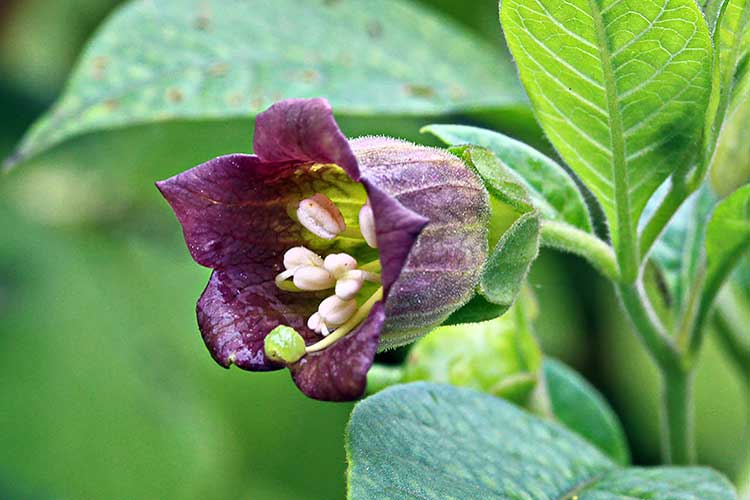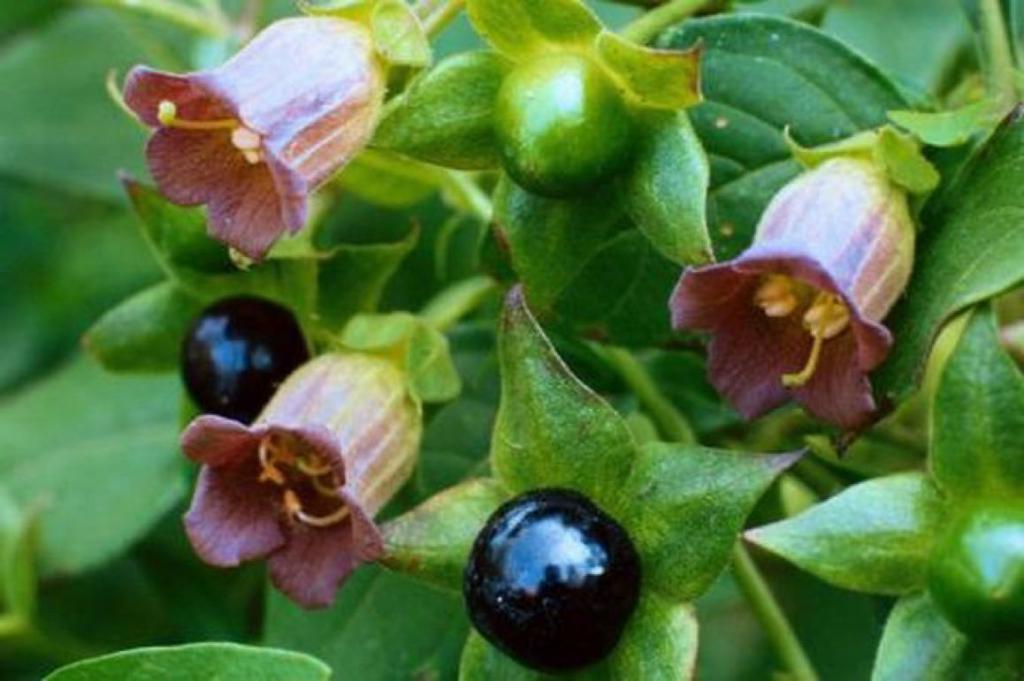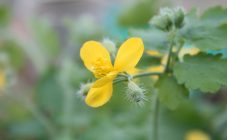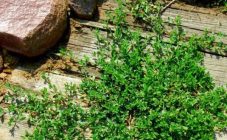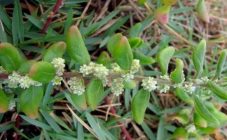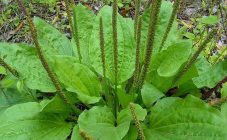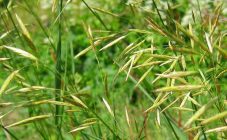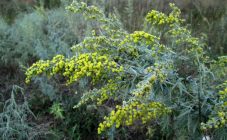This herb is known for containing a potent poison. However, medicine actively uses substances obtained from this plant for the treatment of various diseases and for therapeutic use. This article will talk in more detail about this unusual plant, how belladonna herb is dangerous and how useful.
Description of culture
In the Middle Ages, belladonna was used as a serum of truth.
It has several different names:
- sleepy stupor;
- wolfberry;
- belladonna grass;
- belladonna.
It is a perennial herb. The description says that some species grow up to two meters in height. Belladonna belongs to the Solanov family.
The rhizome consists of dense branched roots. It is multi-headed and powerful. The stem of this plant is branched, straight and pubescent. The leaves are ovoid and pointed. Belladonna flowers form and grow in the leaf axils. Their color is brownish-purple. The flowering time for this plant is July and August.
This plant grows wild in the Caucasus, Crimea and the Carpathians. Its habitat – this is:
- forest edges;
- river banks;
- mountain slopes;
- on the side of the road.
Cultivation is common in many countries throughout Europe.
Since this plant grows in warm climates in areas of natural distribution, one of the main tasks when growing it is to provide similar conditions. At the same time, the main attention is paid to the protection of seedlings from diseases, insects and difficult climatic conditions, taking into account the properties of the belladonna grass.
Culture properties
The medicinal properties of the plant are determined by the presence of atropine in it. This substance is known for the fact that, when consumed, it lowers the tone of the smooth muscles of the urinary and gall bladder, uterus, bronchi, as well as the smooth muscle organs of the intestine.
Belladonna herb properties allow it to be successfully used in the treatment of the following diseases:
- peptic ulcer of the duodenum or stomach;
- diseases of the gallbladder or biliary tract;
- intestinal colic;
- chronic gastritis;
- the presence of increased acidity of the stomach;
- cholelithiasis and urolithiasis;
- the presence of bronchial asthma;
- various kinds of joint pain;
- whooping cough;
- some other diseases.
Atropine is used not only for various inflammatory diseases, it can be used to achieve pupil dilation for therapeutic purposes.
Treatment with belladonna is available not only for an adult, but also for a child.
For patients with rheumatism or gout, a decoction of belladonna roots will be useful.
Therefore, when treating, it is important to pay great attention to the characteristics of the plant and the safety of the patient.
There are situations when it is forbidden to take belladonna for medicinal purposes. Contraindications take place in the following cases:
- The patient has glaucoma.
- Belladonna is prohibited for pregnant and lactating mothers.
- If the patient has organic changes in the cardiovascular system.
Poisonous properties
This plant is widely used for medicinal purposes. However, if used improperly, they can be easily poisoned.
These symptoms are accompanied by tachycardia and skin redness. The person experiences strong emotional arousal, which is accompanied by delusions and hallucinations.
In the event that severe poisoning occurs, the victim completely loses orientation in space. This is accompanied by strong motor excitement, which is combined with a mental disorder. Convulsions are possible. Shortness of breath is often associated with a sharp increase in body temperature.
With such poisoning, characteristic signs of cyanosis appear - blue discoloration of the mucous membranes.
If this happens, it is necessary to urgently take measures to save the victim. First of all, gastric lavage is recommended. Then, with the help of a probe, vaseline oil and a solution of tannin are injected into the stomach. To combat excessive arousal, injections of chlorpromazine are recommended. To combat the rise in temperature, cold wraps are used on overheated parts of the body.
There are antidotes against belladonna poisoning that can be used to neutralize the poison.
How to procure, dry and store
In order to use belladonna for medicinal purposes, the roots, leaves and grass are harvested.
Leaves are usually picked during the flowering period. Moreover, they are dried in two stages. At first, this is done in the usual way, laying out on a flat surface. After they come to the desired state, the second stage of processing begins. Now they must be kept until completely dry at a temperature of forty degrees.
The time to collect the roots is early spring or late autumn. After collection, they are cleaned and washed in cold water. Then cut and dry.
Belladonna is a plant, every part of which is highly poisonous. At the same time, it is known that, when used correctly, it is an effective drug. It is not allowed to carry out treatment with its help at home on your own. To do this, you need to see a doctor.
